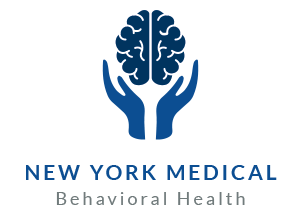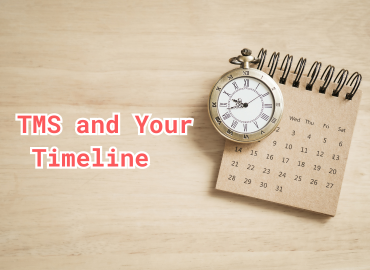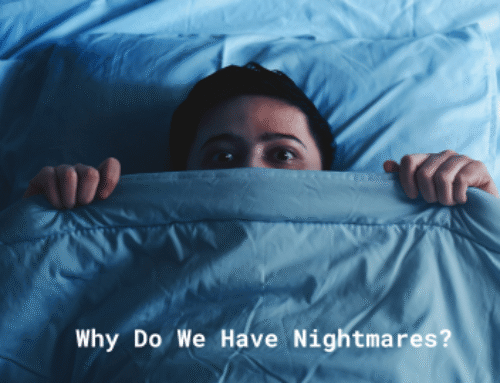TMS and Your Timeline
Over a decade ago, the US Food and Drug Administration (FDA) approved transcranial magnetic stimulation for use on patients with treatment resistant major depressive disorder (MDD). The approval was given in 2008 using the Neuronetics NeuroStar system.
Since its inception, the field of study for magnetic stimulation on the human brain has grown substantially. More research is needed, but we have watched the data grow with excitement. TMS is gaining approval for treatment of many other conditions, not just MDD, like obsessive compulsive disorder (OCD), smoking cessation, bipolar disorder, and migraines. Today, NeuroStar is our choice for TMS equipment.
As we’ve discussed before, transcranial magnetic stimulation is a neuromodulation technique. Neuromodulation is a field of medicine that uses technology like electromagnetic coils to stimulate brain and nervous function with the goal of improving the way that the brain communicates with the rest of the body and with itself. Plus, neuromodulation helps the brain heal and change itself by boosting areas of the brain that govern the release of neurotransmitters that carry messages from the brain throughout the body. Transcranial magnetic stimulation is one of these techniques, as well as electroconvulsive therapy (ECT) and deep brain stimulation (DBS).
TMS is distinct from other neuromodulation techniques in that it is completely non-invasive and there is no sedation or necessary downtime. This helps TMS treatments to go faster and helps TMS fit into our patients’ schedules so that they can go about their business.
At Rochester Holistic Psychiatry, we’ve made up a convenient schedule for our TMS patients. There are 36 treatments in total over nine weeks. That’s five treatments a week for six weeks and then six treatments for the next three weeks. Each session lasts about half an hour. The patient can have a little quiet time after the session if they want to, but patients are typically ready to go back to their other activities directly after the session.
Patients usually start to see improvement in their symptoms after a week or so. These changes include a more stable mood and increased energy levels. The full effects may not set in until after several weeks of treatment. Additional sessions for maintenance can be discussed if needed. The patient and their medical care team can work together to make any adjustments necessary to the plan. Each patient is unique, and we will do all we can to meet their unique needs.
Write to us anytime on our website or call (585) 442-6960. Neuromodulation is only one of the services we offer. Talk to us about our psychotherapy, made convenient for your schedule. Also, ask us about our metabolic workups that will help give us a holistic view of your body and mind.




